Description
100 Seeds Daikon Radish is a popular ingredient in many Asian cuisines. Daikon resembles a large white plump carrot and is commonly eaten raw, cooked, or pickled. These cold-hardy radishes grow 10-16 inches long and are delicious steamed, braised, raw as a snack, and pickled. Radish greens also make peppery salad greens or garnish. Also a great source of potassium, vitamin C, and fiber. Also Known As: Giant White Radish, White Carrot, Japanese Radish, Chinese Radish, Korean Radish, Mu, Mooli, Radish Winter radish, Nitro Radish, Lo Pue, and Luobo We ship in 1 business day. Shipped with USPS First Class Mail. Plant Name: Radish, Daikon Latin Name: Raphanus sativus var. Longipinnatus Days to Germinate: 5-8 Days to Harvest: 50 Germination Rate: 94% Test Date: 11/21 Growth Habit: Root USDA Zones: 2-12 Lifespan: Annual Country of Origin: United States Sunlight: Full Sun, Partial Shade GMO: No Pollination: Heirloom, Open-Pollinated Fungicide-Treated Seeds*: No Seeds Packed For**: 2022 *Fungicide-treated seeds protect the seedlings from diseases until they are up and growing. Do not eat treated seeds. **Seeds are freshly packed for the growing season of the year listed. Seeds are still viable beyond pack date. Store in a cool and dry location such as the refrigerator or basement to best preserve germination rates. Planting Instructions: Soil Preparation and Fertilizing: Radishes are a cool-season crop and don’t do as well in hot summer months. Radishes like loose, well-drained soil to allow the roots to expand easily. If the soil is crusty, the roots can become misshapen. To prepare the soil, clear the area of rocks, trash, and large sticks. Small pieces of grass and leaves can be mixed into the soil to make it richer. Spade the soil 12-18 inches deep and completely cover plant material. You may optionally scatter 1 cup of a complete fertilizer on the soil for each 10 feet of row to be planted. Rake the soil until it is smooth and work the beds into 4-6 inch raised ridges to allow soil to drain and let air enter soil. Space the ridges 8-12 inches apart from center to center or further apart if radishes are to be followed by a summer crop. You plant 2 or more rows of radishes on each ridge. Planting: Plant seeds as soon as the soil can be worked in the spring. Use a hoe handle or stick to make a 1/2 inch furrow deep down the center of the ridge. Plant 3-4 seeds in the furrows spaced 4 inches apart within the rows. Cover lightly with loose soil then sprinkle with water. You may make several plantings 8-10 days apart for a steady supply of radishes. Planting Depth: 1/2 inch Within-Row Spacing: 4 inch Between-Row Spacing: 8-12 inches Care During the Season: Watering: Scratch the soil around the plants lightly with a rake or hand tool to keep the soil from crusting. Water the plants well weekly if it does not rain. Weeding: Keep the radishes free of weeds, which rob weak root systems of nutrients and moisture. Thinning: Thin the radishes when the roots start expanding. Pull every other plant to thin. The larger roots can be eaten and those left in the row will continue to get bigger without being crowded. Insecticides: Insecticides may be used to protect plants. Bt-based insecticides and sulfur are organic options that can be used for prevention. Sevin is a synthetic option. Sulfur also has fungicidal properties and helps in controlling many diseases. Before using a pesticide, please read the label and always follow cautions, warnings and directions. Diseases: Because radishes mature so quickly, diseases are usually not a problem. Check plants daily and treat with an approved fungicide if disease do appear. Neem oil, sulfur, and other fungicides are available for use. Please always follow label directions. Harvesting: Harvest radishes when they are young and tender. If left in the ground too long, they get tough, hot tasting and stringy. To harvest, pull the radishes, cut off the tops and small roots, to discard or put in a compost pile. The center of the radishes should be solid with no cracks while an overmature radish may have a pithy or cracked center. Wash the radishes well and place them in plastic bags in the refrigerator. They will keep 2-3 weeks or until the next planting is ready for harvest. Nutrition Facts: Daikon Radish Amount Per 1 radish (7″ long) (338 g) Calories 61 % Daily Value* Total Fat 0.3 g 0% Saturated fat 0.1 g 0% Cholesterol 0 mg 0% Sodium 71 mg 2% Potassium 767 mg 21% Total Carbohydrate 14 g 4% Dietary fiber 5 g 20% Sugar 8 g Protein 2 g 4% Vitamin C 124% Calcium 9% Iron 7% Vitamin D 0% Vitamin B6 10% Cobalamin 0% Magnesium 13% *Percent Daily Values are based on a 2,000 calorie diet. Your daily values may be higher or lower depending on your calorie needs.

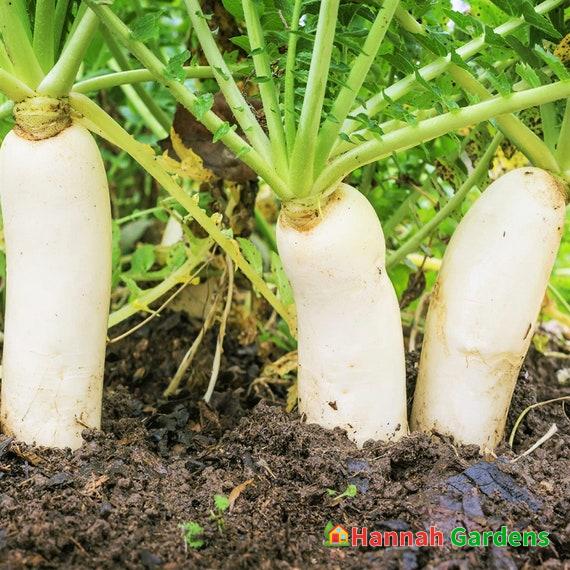
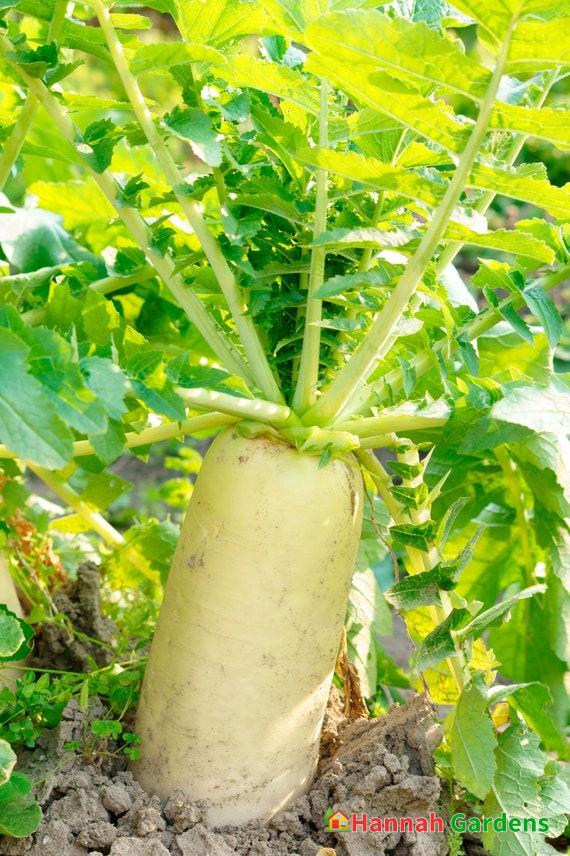
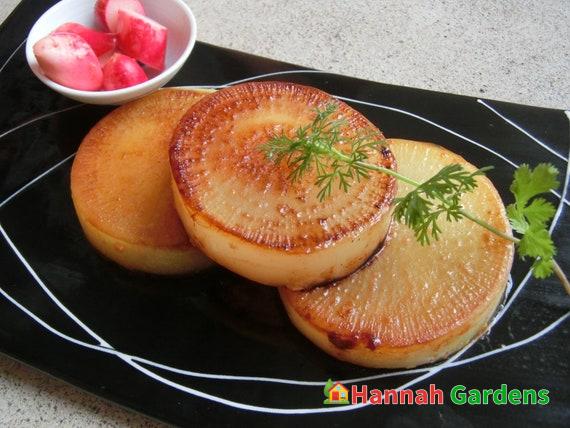
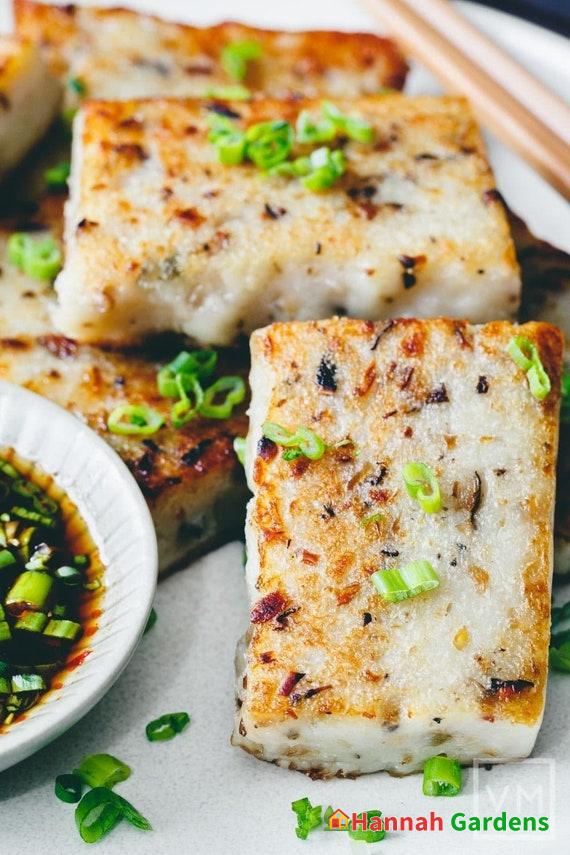
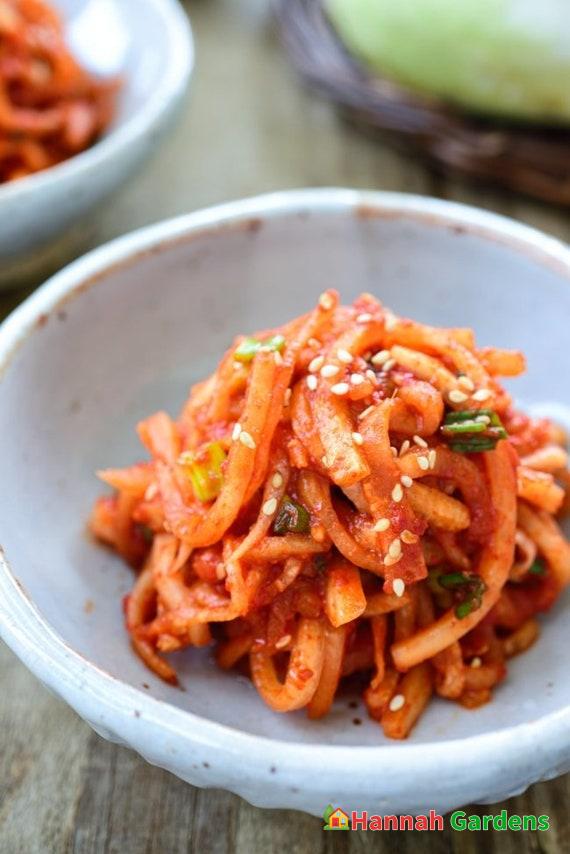
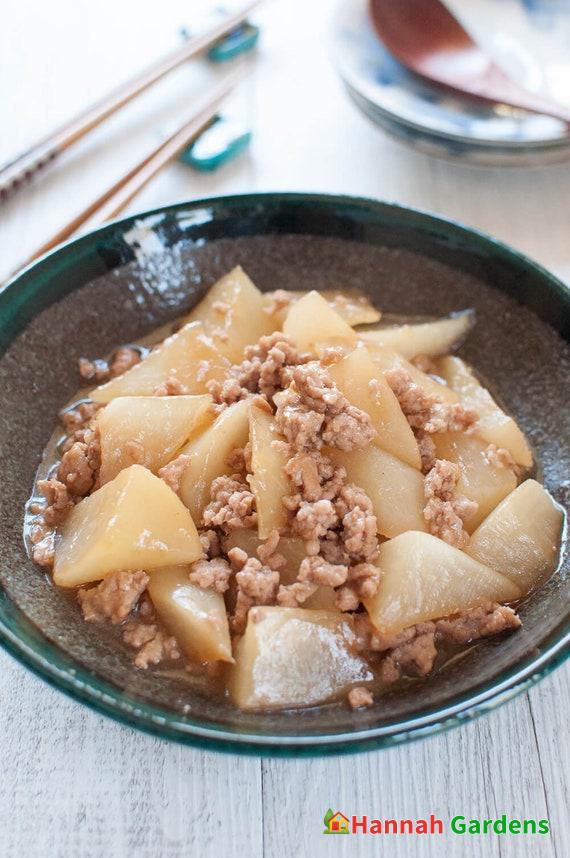
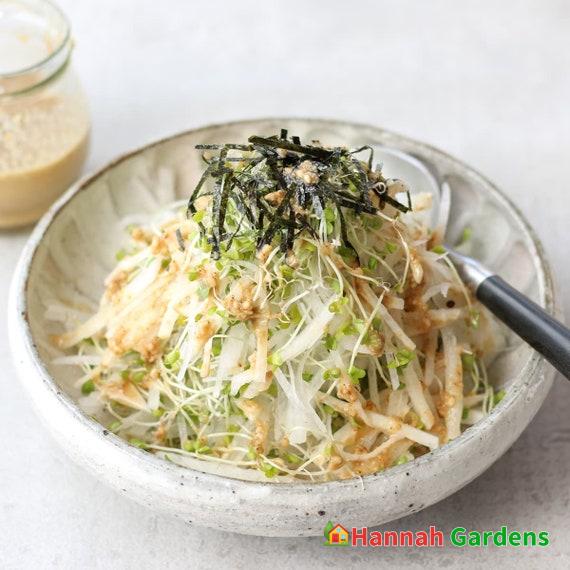
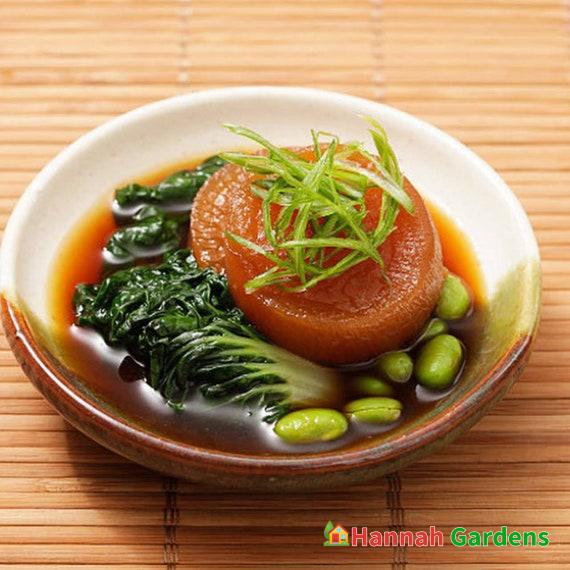
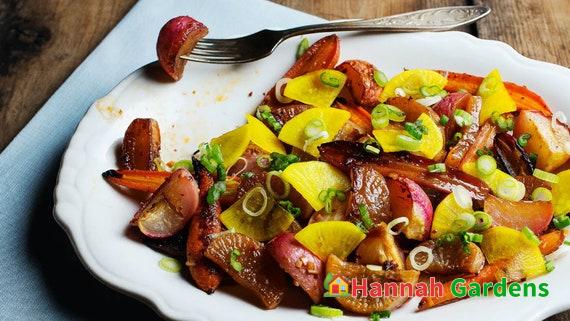
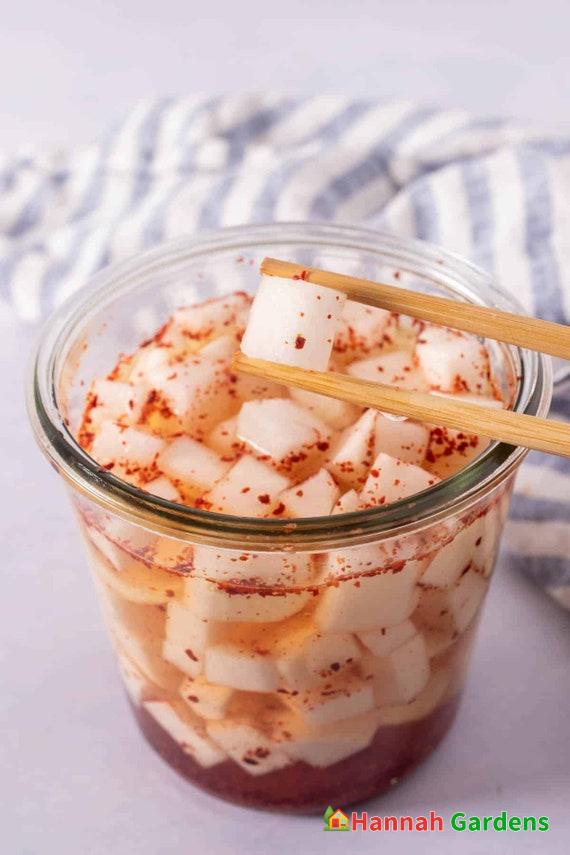
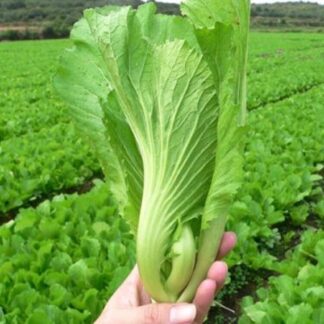
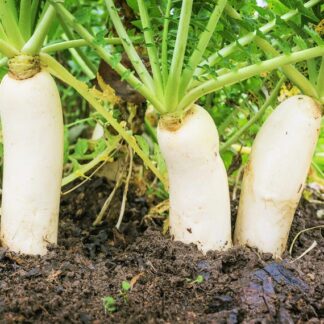
ShirleyAnn –
Fast Shipment and arrived in perfect condition. Purchased multiple seed packs and packs successfully germinated. Will purchase again.
cyob73 –
Arrived as promised. I’ve planted them and trying to wait patiently for them to grow.
Kathy –
The shipping was fast and the packages were all in good condition with what appeared to be machine sealed cellophane. That kind of packaging will likely ensure long storage. Only thing, I wish that the packages were larger and dated. I will simply staple them to 3×5 index cards so they can be filed away with my other seeds and pencil in the date. Seller also sent 200 White Stem Bok Choy seeds as a BONUS. I look forward to planting all my seeds from them including the Bok Choy!
Connie L –
I received my seeds on time 11 days after order. There was foam in the envelope to protect the seeds. Thanks!